Do you ignore your gym trainer’s suggestion to do a few warm-up activities before the main workout? It turns out that a majority of people do not warm-up before they start their workout routine.
Fitness experts recommend warming up because it forms a vital component in all workouts. Warm-ups may include cardiovascular activities such as jogging or walking. During the warm-up, you should target all the muscles that you are going to use in your training. The warm-up exercise may only take a few minutes, but it can reduce stress on your muscles and heart. Generally, the length of the warm-up will depend on the intensity of the workout, and, for most people, a 5 to 30 minutes warm-up provides significant benefits. Below are some of the advantages of a warm-up:
- It Enhances Flexibility In Your Muscles
As the body temperature increases, there is an increase in blood flow to your muscles, and they become more flexible. This lowers stress on your joints and tendons. Well-lubricated and warm joints will prepare you to execute sudden movements with ease. Additionally, you minimize the possibility of acute injury and minimize the occurrences of overuse injuries.
A 10-15 minutes workout can reduce muscle strains and pulls, as well as overuse injuries such as tendonitis. Sadly, no warm-up can prevent fractures and broken bones, so it is best to avoid injuries whenever possible.
- It Prepares The Cardiovascular And Nervous System
One of the main advantages of warming up is that it prepares the cardiovascular system for the exercise. Since movement stimulates your muscles, your heart responds by pumping blood faster. The warm-up can ease your cardiovascular system into those greater demands and minimize the risk of high blood pressure.
Both your body and the brain need to connect to enhance the safety and efficiency of your workout. Additionally, warm-ups help your body to shift from any activity you were doing before you start your training. The warm-up will prepare your body for a more demanding activity than you normally do at your office job or while driving your car.
- It Boosts Performance
Warm-ups prepare you mentally so that you can enjoy the training session. Keep in mind that doing a warm-up can help you perform with more strength, speed, and flexibility. This makes it easier to ‘get into the zone’. When the body handles the demands you make on it with exercise, you will have less stiffness or soreness after exercising.
- It Enhances Your Body Temperature
The body performs at its best when its temperatures are slightly higher. Warm-ups, especially in winter, cold weather, or early in the morning, can help raise your body’s core temperature to improve performance. Besides, The American Council on Exercise notes that you may burn more calories when your body’s core temperature is higher.
- It Boosts Endurance
The body gives up on exercise if there is too much lactic build up in your blood. Lactic acid may build up quickly if you fail to warm up, and this may make working out seem almost impossible during the first few minutes. However, when you warm-up, your energy systems are adjusted to the increased demand, and there is less buildup of lactic acid. As a result, you can endure working out harder and longer.
The more you know.
Read more
4 Ways to Boost Immune System Most of us understand the significance of keeping a healthy regimen that includes self-care activities to de-stress, eating a nutrient-dense diet, and exercising at ...
Intermittent fasting can drastically improve your fitness level by targeting several body functions, including: Weight loss This is perhaps the main reason people start intermittent fasting as it c...

The essentials
Share details of your store's product selection, or share a story that speaks to your customers.

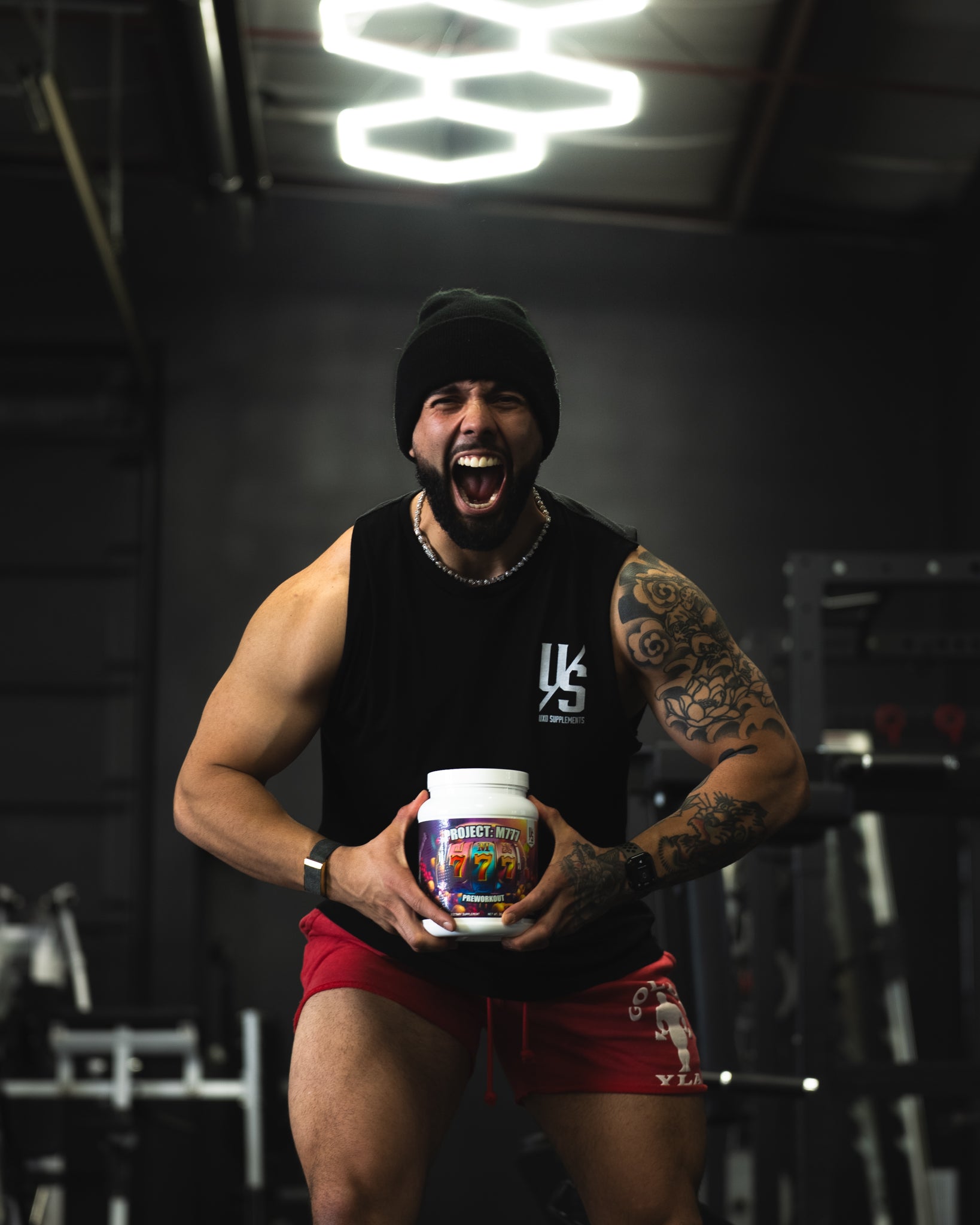




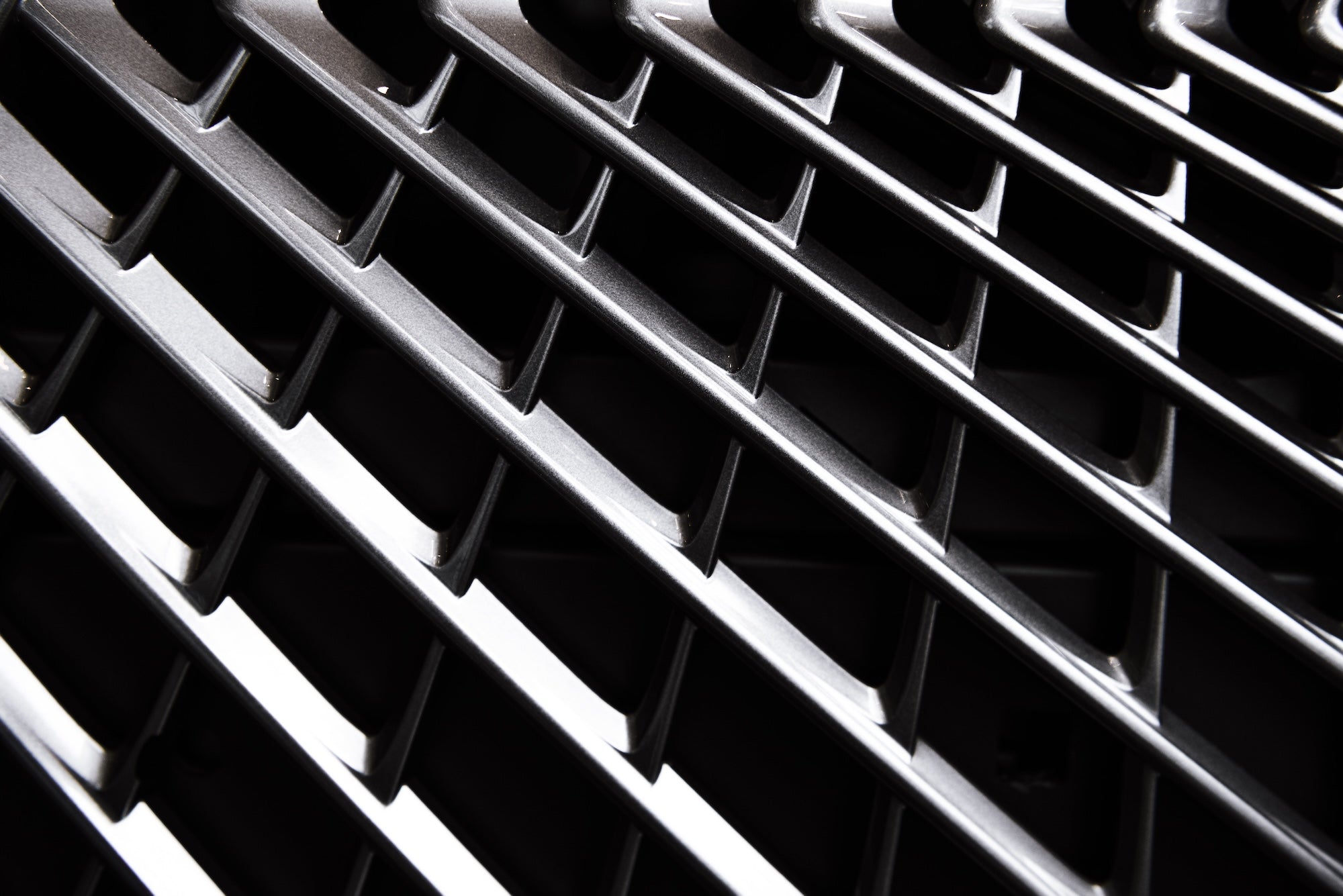


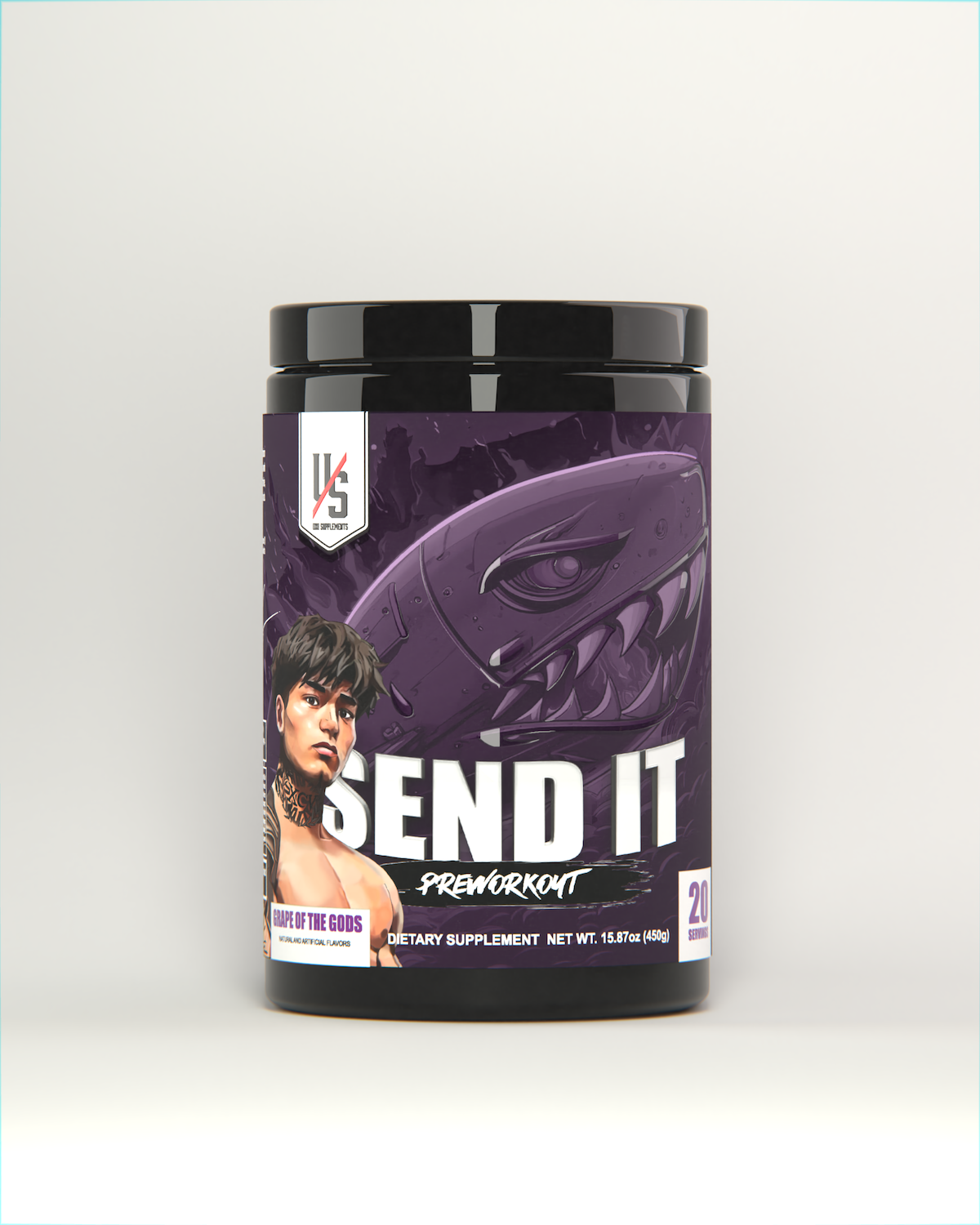
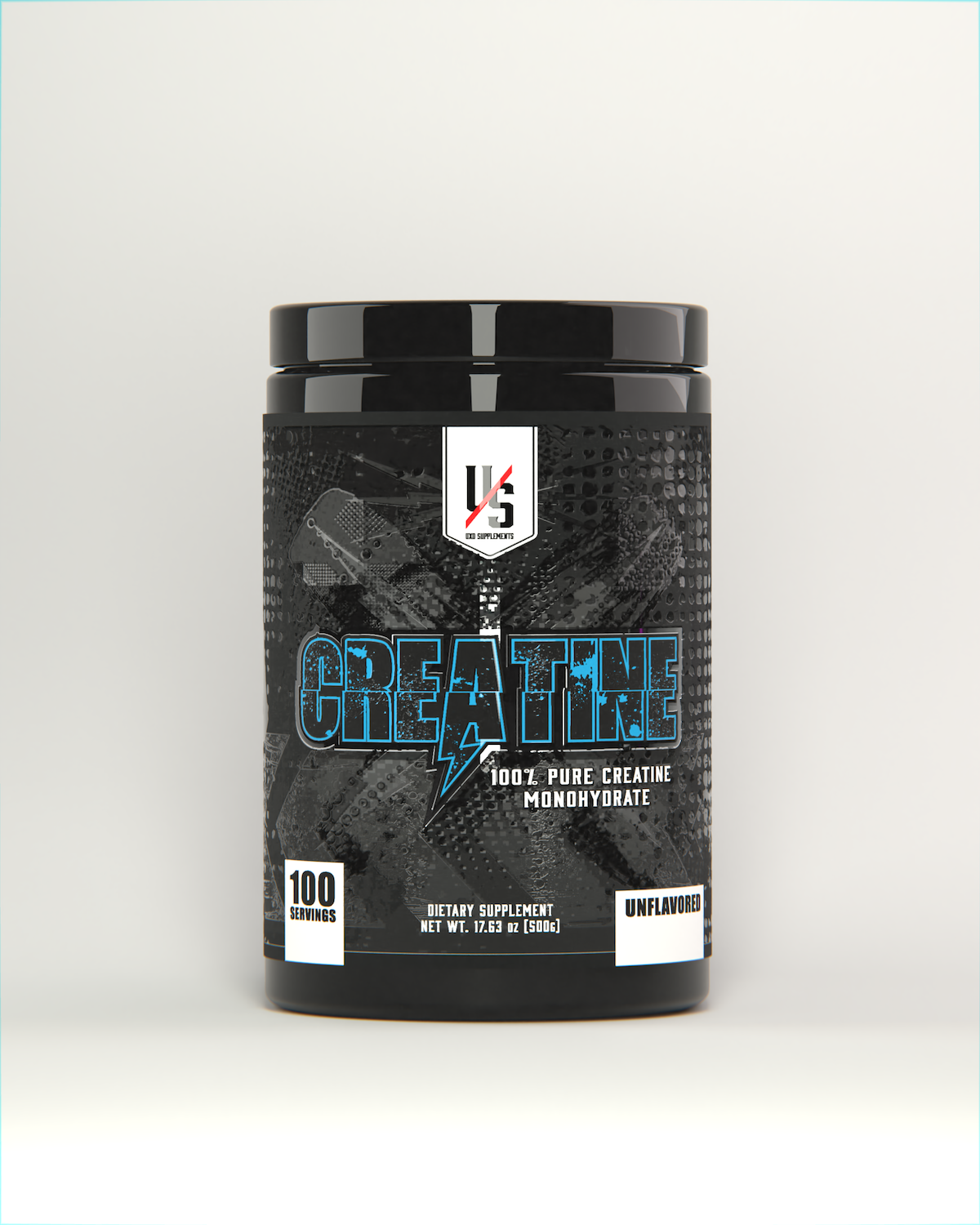
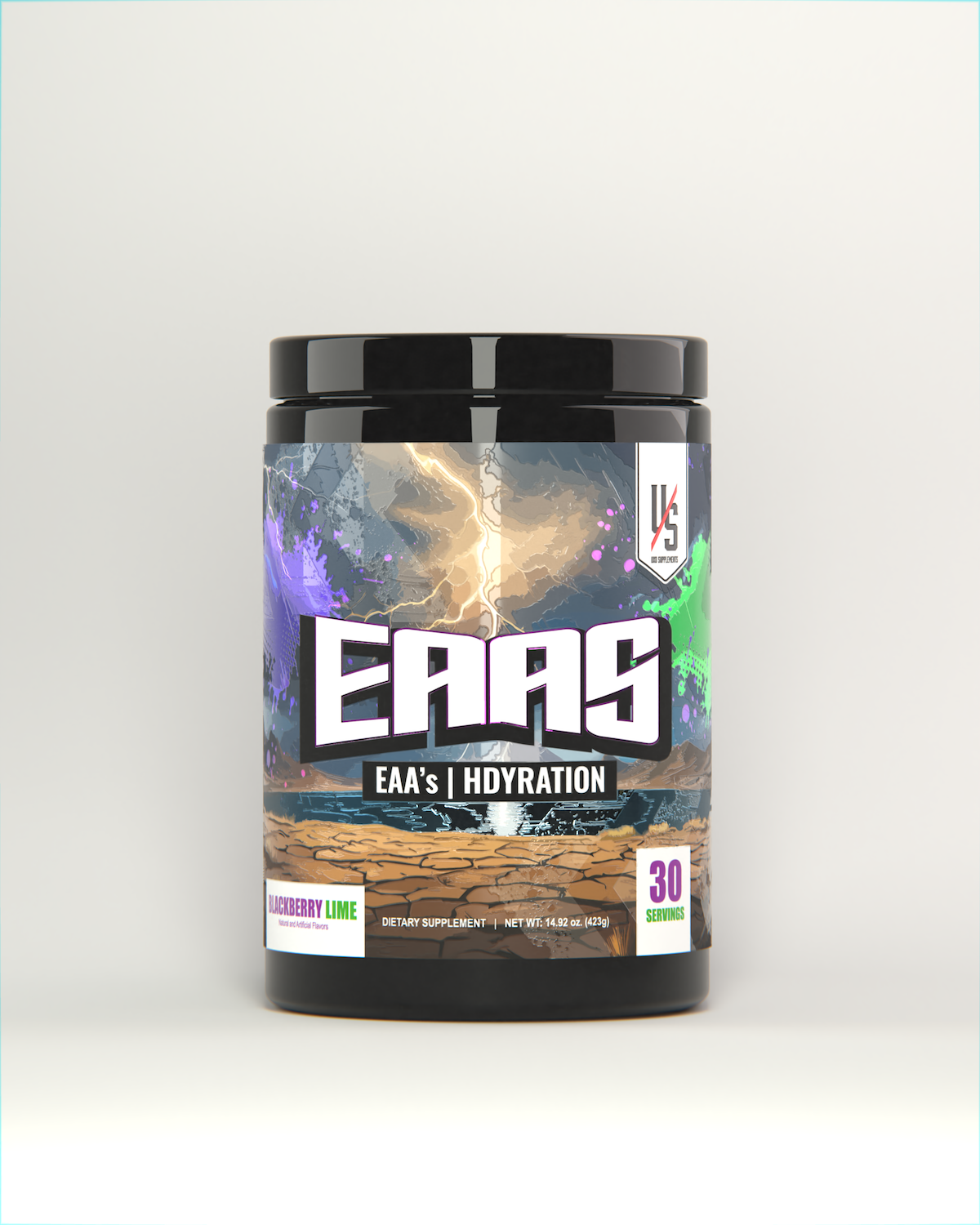
Leave a comment
All comments are moderated before being published.
This site is protected by hCaptcha and the hCaptcha Privacy Policy and Terms of Service apply.